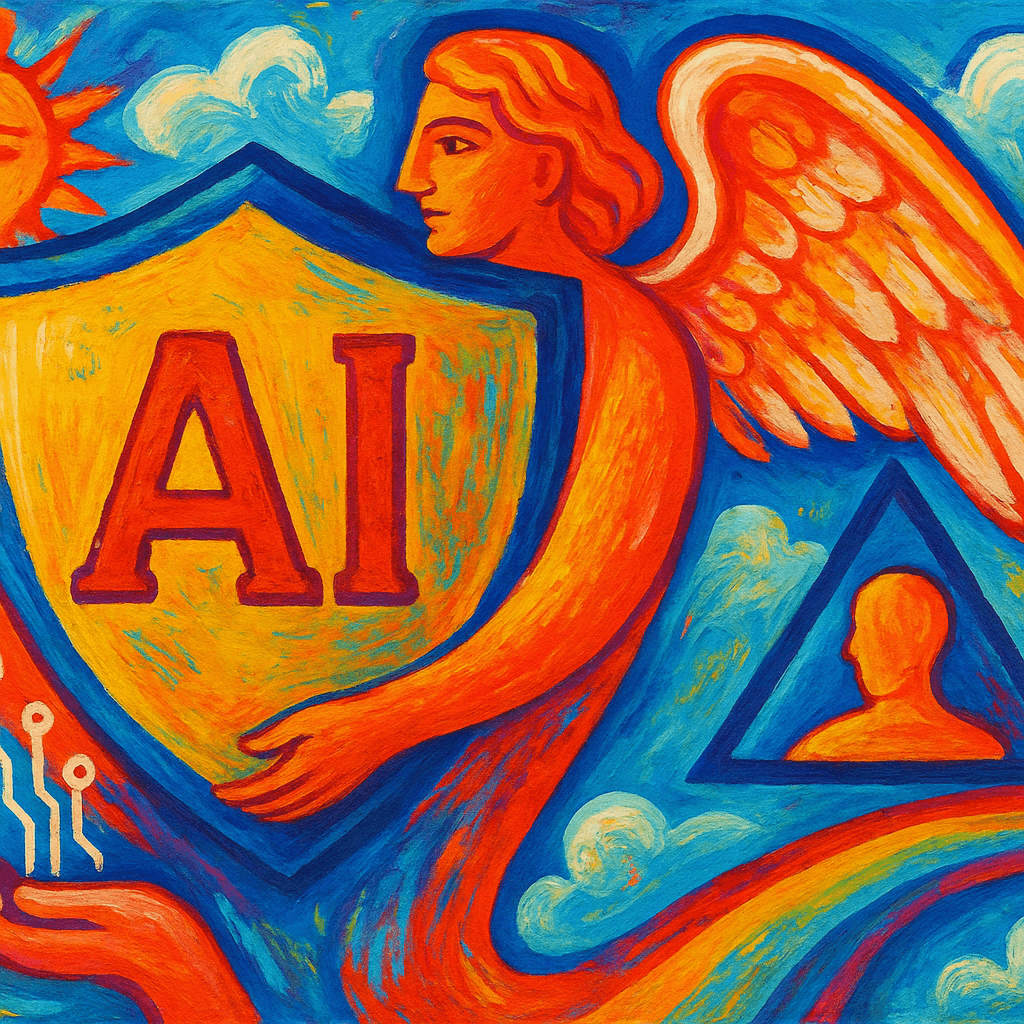AI Reshapes Insurance: A Strategic Overview
Artificial intelligence is increasingly integral to the insurance sector’s evolution. By automating complex processes and extracting deeper insights from data, AI is redefining traditional insurance models. Business leaders now face the strategic imperative to understand and leverage these technologies to remain competitive and responsive to market demands.
Key AI Applications Driving Value
In underwriting, AI-driven predictive analytics assess risk profiles with greater precision than conventional methods. This refinement enables more tailored premiums and reduces exposure to unforeseen losses. Meanwhile, claims processing has been accelerated through machine learning models that automatically validate and settle claims, improving operational efficiency and customer satisfaction. Customer interaction benefits from AI-powered chatbots and virtual assistants, which provide timely support and streamline service inquiries without human intervention, lowering costs and enhancing user experience.
Navigating Challenges and Future Outlook
Despite promising advantages, AI adoption presents key challenges. Data privacy remains a sensitive concern as insurers manage vast quantities of personal information. The ethical use of AI demands transparency to prevent bias and maintain trust. Regulatory frameworks continue to evolve, requiring companies to align AI initiatives with compliance standards. Looking ahead, insurers investing in responsible AI development and integration are likely to see sustained competitive edge as digital transformation reshapes the market landscape.
The Future-Ready Insurer
Insurance organizations aiming to thrive must focus on strategic adaptation, embedding AI not only to optimize current operations but also to innovate products and services. Balancing technological advances with governance and ethical considerations will define the next wave of industry leaders. Remaining agile and forward-thinking will enable insurers to capitalize on AI’s potential while mitigating associated risks.




